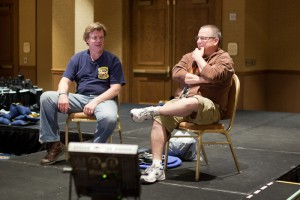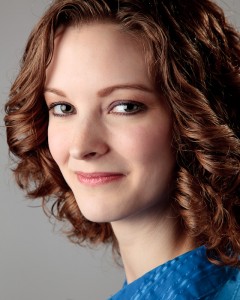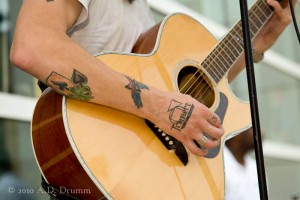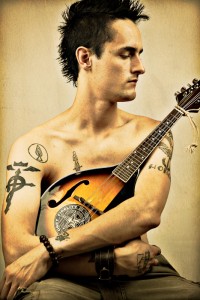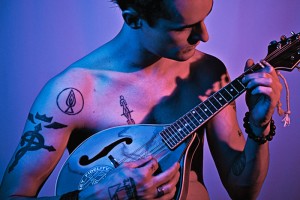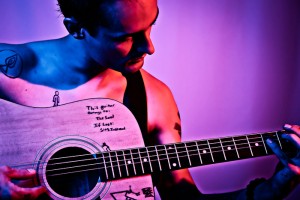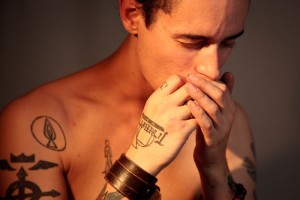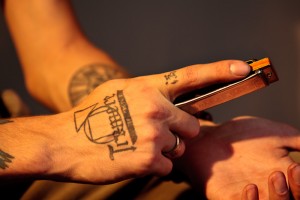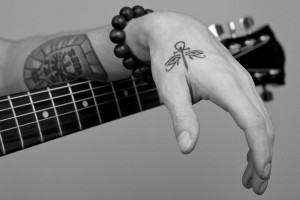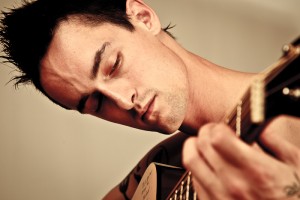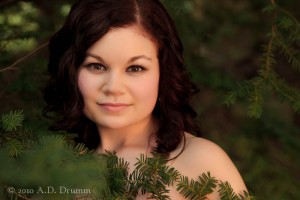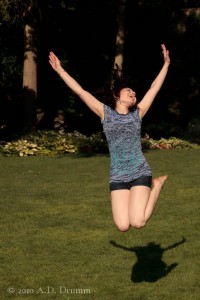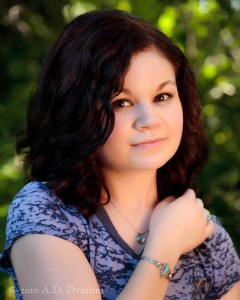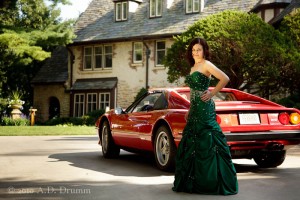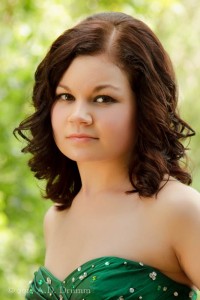The world of flash photography, and more specifically small flash photography, was the subject for a day of training at the Hilton in Minneapolis yesterday. David Hobby and Joe McNally are running their Flash Bus tour all across the country. David is the original strobist, one of folks who has popularized using small flashes. Joe McNally is, well, Joe McNally!
What’s the deal with flash? Early in my photography life, like most other photographers at the time, I bought my first flash to open up the world of dim lighting. SLR cameras didn’t have little pop-up flashes then, and besides, if you wanted to try filling a space with flash or reaching a subject more than 5-10 feet away, what you needed was a hefty flash unit.
We were shooting film with ISO numbers (then called ASA) like 64 or 100. When Kodak brought out Kodachrome 200, we were in heaven. There was Ektachrome 400, but it wasn’t great – sort of grainy. Dim light meant using flash. I never thought of flash as much more than a tool for shooting in bad light.
On-camera flash was horrible then just like now, so getting the flash at least a bit away from the camera was something you learned pretty quickly. And having a larger area than the 1″x2″ front of the flash unit was a must. I ended up first with the Vivitar 283 then the Vivitar 285. These were uber-popular flashes in the 1970s and 1980s and even later. Look at news photos from then where a group of photographers can be seen, and you’ll see a plethora of 283s and 285s.
Vivitar produced one of the most powerful small flashes available, plus they built a system around them. You could buy a bracket to move the flash off camera, a cord to attach it, filters that slid into a carrier in from of the flash. They were automatic using a light sensor to determine the flash duration (and, thus, its power). They had a lens to allow you to adjust the coverage of the light.
But even with these features, flash shooting can be intimidating. Lots of photographers today shoot only natural light. While natural light can produce wonderful photographs, one sometimes wonders if part of the reason for at least some of these photographers is a lack of skill or even intimidation of using flash.
For me, two things made a big difference in raising my comfort level. First is digital. Back in the film days, small flash photography was a guessing game and required tons of experience to do well. Unlike large lights used in a studio, there’s no modeling light. Those are low power lights that let you see what you’re doing – where the shadows are, how you are sculpting the subject with light. Digital provides instant feedback. In film days, some would shoot Polaroids for the same effect.
The second thing was Joe McNally. During a workshop, I watched Joe put together a photograph talking through his thought process. How he blended the flash with ambient light. How he took control of the light. No longer a slave to the ambient light, a photographer can expand his or her vision and make a photograph, not just take a photograph.
To be clear, I wasn’t one to lock the flash away and never touch it. I had owned remote cables back at least in the early 1980s, and a compatible Canon cord was one of the first purchases I made after buying a flash for my digital gear. The Canon remote commander that lets me shoot wireless was something I bought soon after that. So, yes, I was shooting with flash, off-camera, using various diffusers to help way before I spent a few days around Joe.
But Joe McNally inspired me, showed me how lighting you control is always your friend. When I saw he and David were doing a seminar, I signed up the day registration opened. And perhaps the coolest thing about the Flash Bus Tour was the differences between Joe and David. Their approaches are not the same. They think differently, light differently, use different settings usually, yet both achieve fabulous results.
Small flashes are a wonderful technology. They provide a foundation for producing a portrait like this. They give the photographer light to use, to arrange, to blend. And they pack up in a camera bag with some batteries to take anywhere. They shouldn’t be intimidating. They should be embraced, giving us a sense of peace and calm as they provide us a way to dig out from under the less-than-ideal light we find.